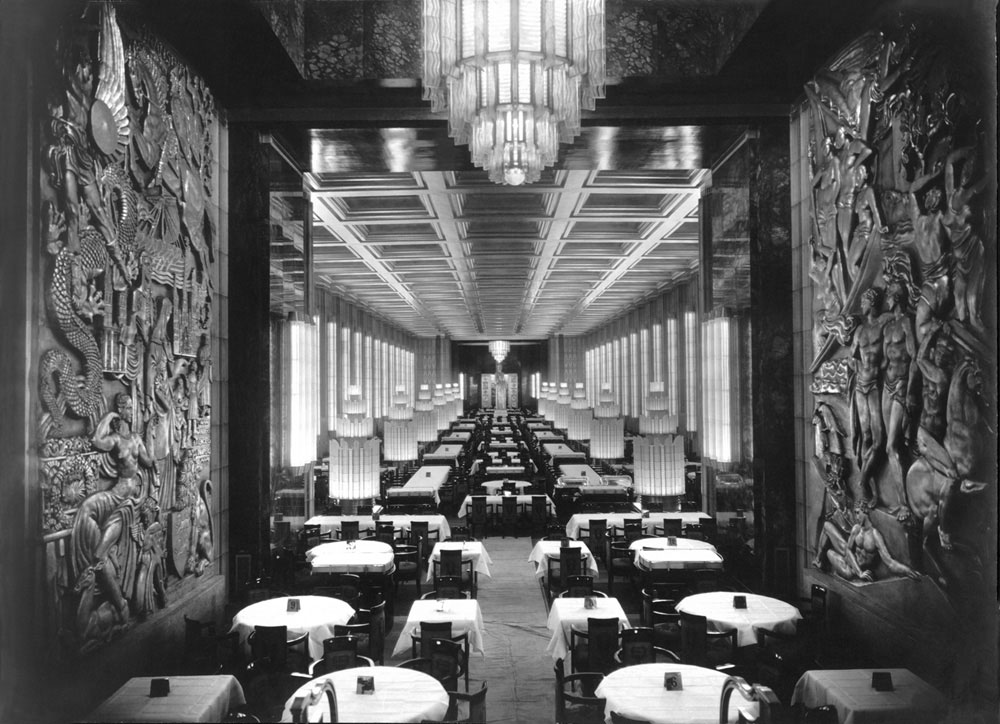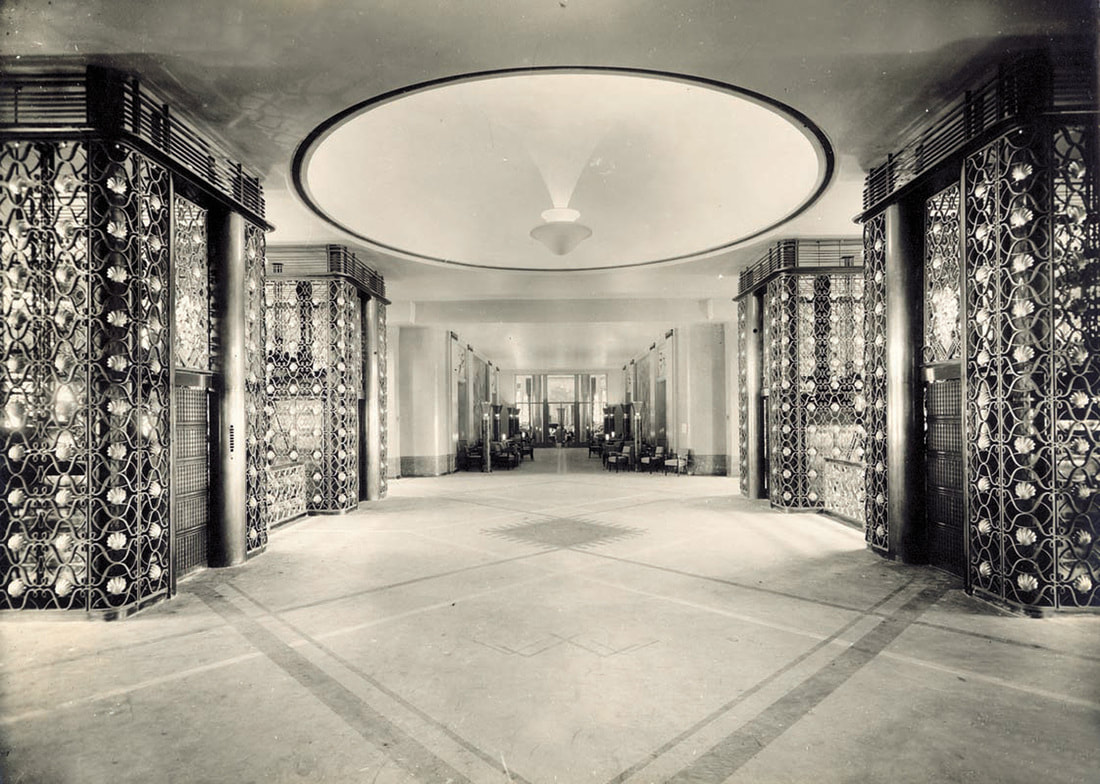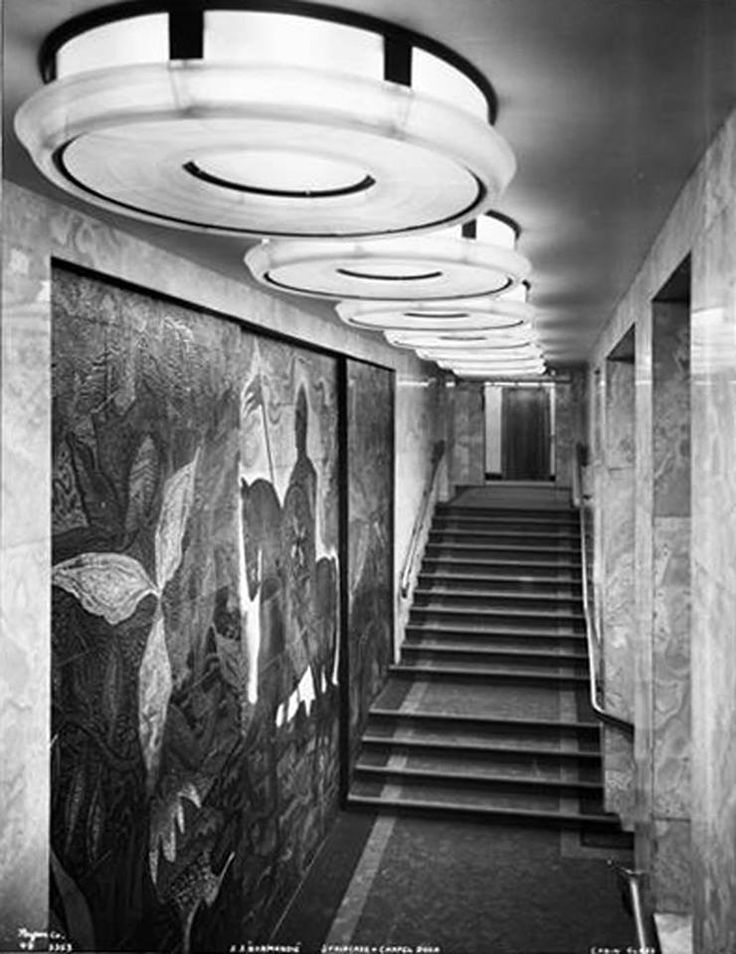The SS Normandie is remembered now only for its remarkable design, but also for its extraordinarily elegance and the global touristic experience that it offered. It had it all. Not only was it the largest, heaviest, and fastest, but also the most celebrated ocean liner of the Jazz Age – a floating magnificent palace with interiors designed by the best minds of French Art Deco, such as René Lalique and Jean Dupas, to name just two. It captured the imagination of its generation, and in that age of nationalism the SS Normandie came to be a source of pride for the French people, an ambassador of the best of French design during the 30s. Named after the French province, this quintessential icon of Art Deco was built by the French Line, the Compagnie Générale Transatlantique, and launched in 1935. What seemed at first like the right moment – the height of the Golden Age of travel, when the world had completely recovered from the tragedy of the Titanic – turned out to be a threatening political time, which ultimately brought the Normandie to its tragic fate and inglorious end. Although not a tragedy of the type that caused the termination of the Titanic, the SS Normandie was confiscated by the USA after the Japanese bombed Pearl Harbor in 1941. It was converted into a military vessel, with most of its decoration stripped away. A year later, the ship caught fire on the Hudson River and became scrap metal.





